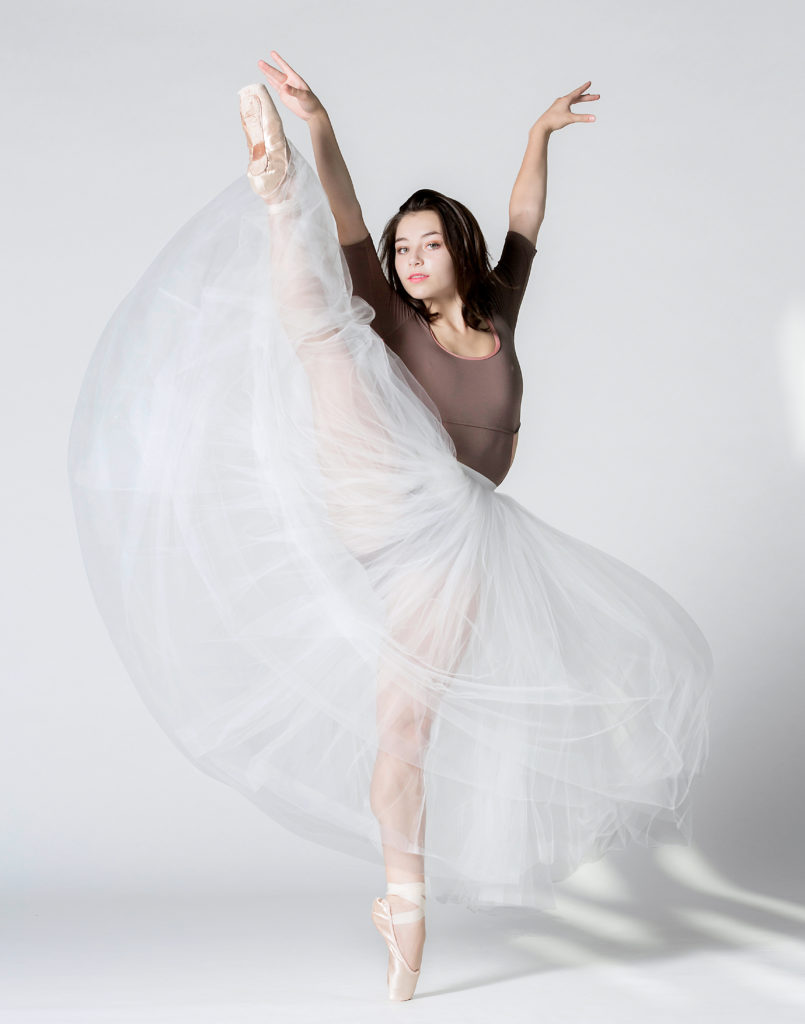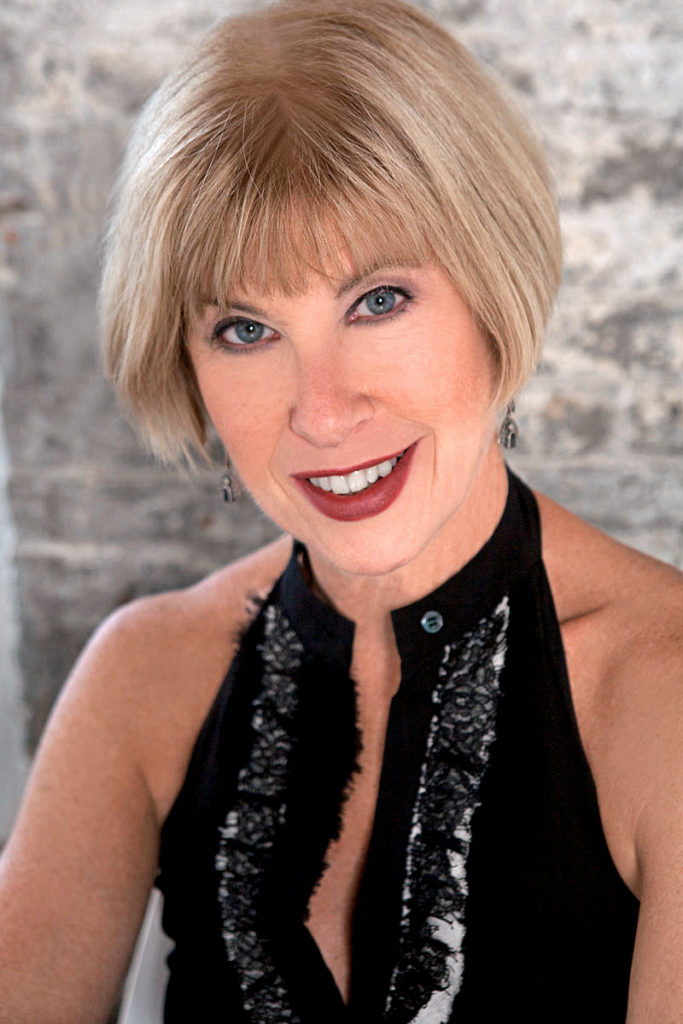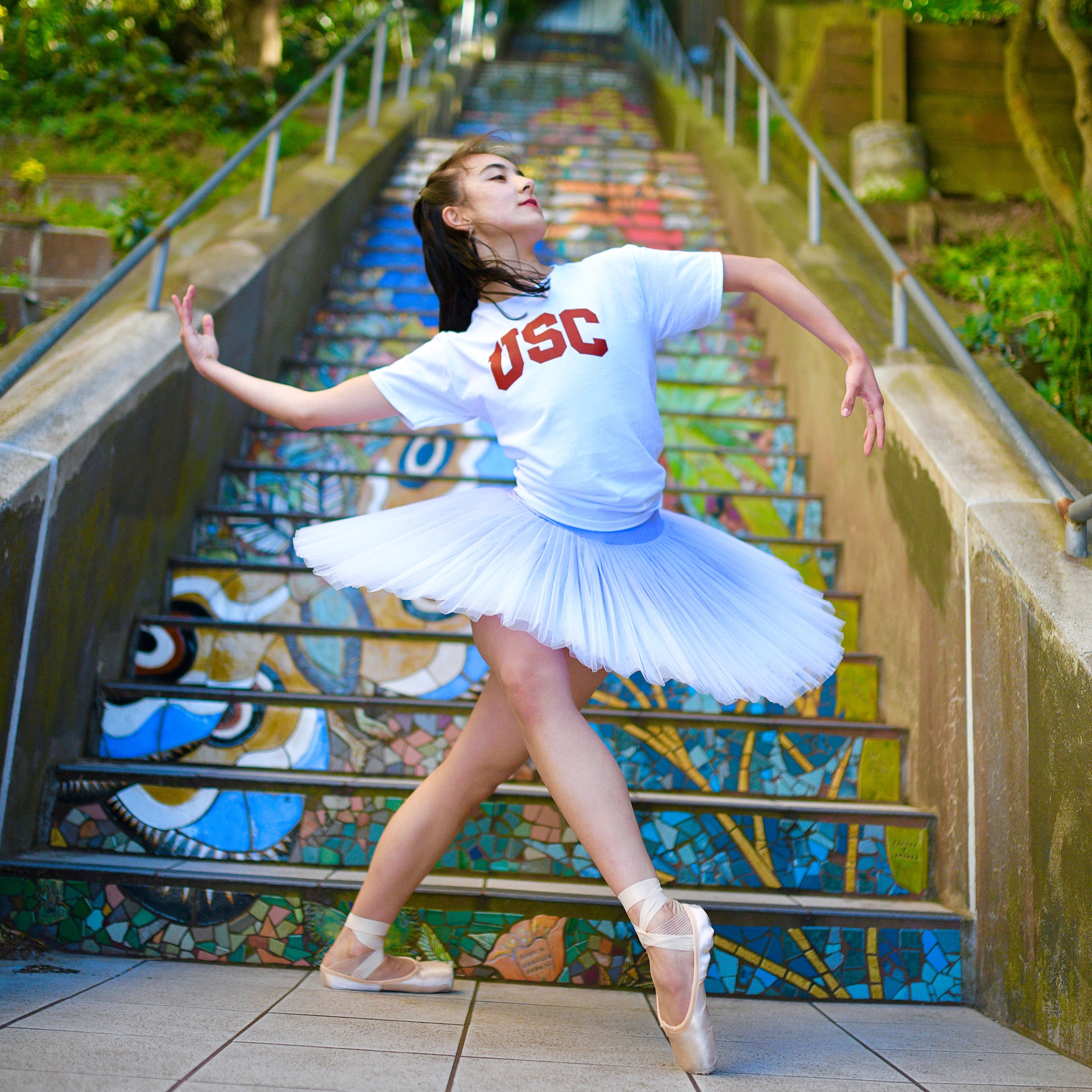How to Ace Your College Auditions
Applying for college is an anxiety-ridden rite of passage in America. Prospective dance majors add an additional layer to a process that already breeds feelings uncertainty: auditions. “I wish I’d had more self-confidence,” says Nancy Lushington, currently chair of dance at Marymount Manhattan College, when thinking back to her own college dance auditions. Thoughtful preparation can make the experience far less daunting, however, and approaching college auditions with curiosity, enthusiasm and confidence can make all the difference.
Do Your Research
The audition process starts with your application, and registering for dance auditions often starts in late summer or early fall. In your essays, demonstrate your familiarity with the program and explain why you want to attend. “Professors can tell in your application if you’re really passionate about the school, and it’ll show when you have done your research,” says Mia Snape, a first-year student at the University of Southern California’s Glorya Kaufman School of Dance.
Once you’re registered for an audition, make a list of all you’ll need to bring, from what type of resumé to the dimensions of your headshot to the format of any music you need for a solo, as well as what to wear and where and when the audition will be held. If you’ll need to send in a prescreening video, you’ll want to get that filmed during the summer or early in the fall.
You’re Interviewing the School, Too
Many college auditions include a technique class along with an interview, which was intimidating for Snape. “To prepare, I wrote down things I liked about the school and was curious about, which helped me feel less nervous about the process,” she says. For the interview, audition panelists asked questions about her future aspirations and career goals, as well as how she could see herself fitting in and contributing to the school’s environment. “The questions they asked were really helpful in giving me perspective as to if this was an institution I was interested in pursuing,” says Snape.

During the interview, you will be given the opportunity to ask the faculty questions. “If you’re really interested in our program, then you should have questions,” says Lushington. When preparing for your audition, make a list of things you want to ask. Kyla Marcus, a current trainee at Ballet Idaho, asked schools she auditioned for about what they were looking for in dancers and what opportunities they have to choreograph.
For additional insights into the school, reach out to current students and faculty members at schools you’re interested in. “You’ll get information from teachers, but from students it’s a totally different experience,” says Snape. If the opportunity isn’t offered, ask faculty if you can view a rehearsal or performance. “At Butler University, I watched Serenade and some original pieces, which was nice because I could really see the caliber of the program,” says Marcus.
Prepare for Unexpected Obstacles
Each audition is different, and because last-minute changes can happen (particularly during a pandemic), it’s important to stay flexible (and keep a sense of humor!). When Snape and Marcus auditioned for USC Kaufman, an in-person audition had to be moved to Zoom because of COVID-19. Instead of a full day of technique classes, the audition included a Zoom interview and an improv section. Marcus struggled with her Wi-Fi connection (dropping out of the meeting twice as a result) and had trouble hearing the music during the class.
When Marcus auditioned for Indiana University, Bloomington, she battled an intense snowstorm to make it to the audition. “I got snowed in and couldn’t get an Uber or taxi and had to walk to the audition through the snow,” she says. Because many dancers were unable to get to campus, the school moved her time slot an hour earlier, giving her less time to prepare and warm up.
Connect to Calm Your Nerves
Auditions are naturally stressful, but you don’t have to let your nerves get the best of you. “What really helped was speaking to other dancers,” says Snape. “When you realize you’re in the same boat as all of these other people, it gives perspective.” Marymount Manhattan College faculty tries to calm dancers’ nerves using humor—they smile, talk to students, even tell some jokes. “We find students do much better when they’re not so stressed out,” says Lushington.
Don’t Hold Back

Remember that colleges want to enroll students who are as eager to learn as they are strong technicians. Lushington says that Marymount Manhattan looks for dancers who are curious and willing to dive right in during the audition, which consists of ballet, modern, improvisation and jazz, followed by an interview. “They don’t need to be perfect in any of the four styles,” she says, “but they need to approach them all with equal vitality and energy and not pull back because it’s something they don’t know yet.
Narrow Down Your Options
Students can feel pressure to apply to as many schools as possible, but sometimes more is not better. Take time to thoroughly research schools so you know the ones you apply to are worth working towards. “It’s time-consuming and difficult during senior year, so make a short list of places to go,” says Kyla Marcus, who postponed college for Ballet Idaho’s trainee





